ISTANBUL—It’s a meal worth the trip—from one continent to another. Boarding a big, lumbering ferry at the bustling port of Besiktas, I take a spot near the stern on the upper deck, sipping a hot cup of Turkish tea as the boat makes its way across the Bosphorus. In the middle of the busy waterway—a strait flowing between two seas, separating Europe and Asia—this massive city rises around me. The dome of Hagia Sophia and the minarets at the Blue Mosque, the turrets of Topkapi and the top of the Galata Tower. But I’m leaving it all behind, bound for a small market, in Asia, looking for arguably the very best kebab in the world.
Having recently faced difficult times, Istanbul is back. While the classic sites still attract, the city is undergoing a transformation, with a brand-new airport (set to become the largest in the world), new restaurants, and an overall optimistic vibe. And, as it has for hundreds of years—from Byzantium, through the Ottomans, to today—it remains one of the finest places on earth to find a good meal.
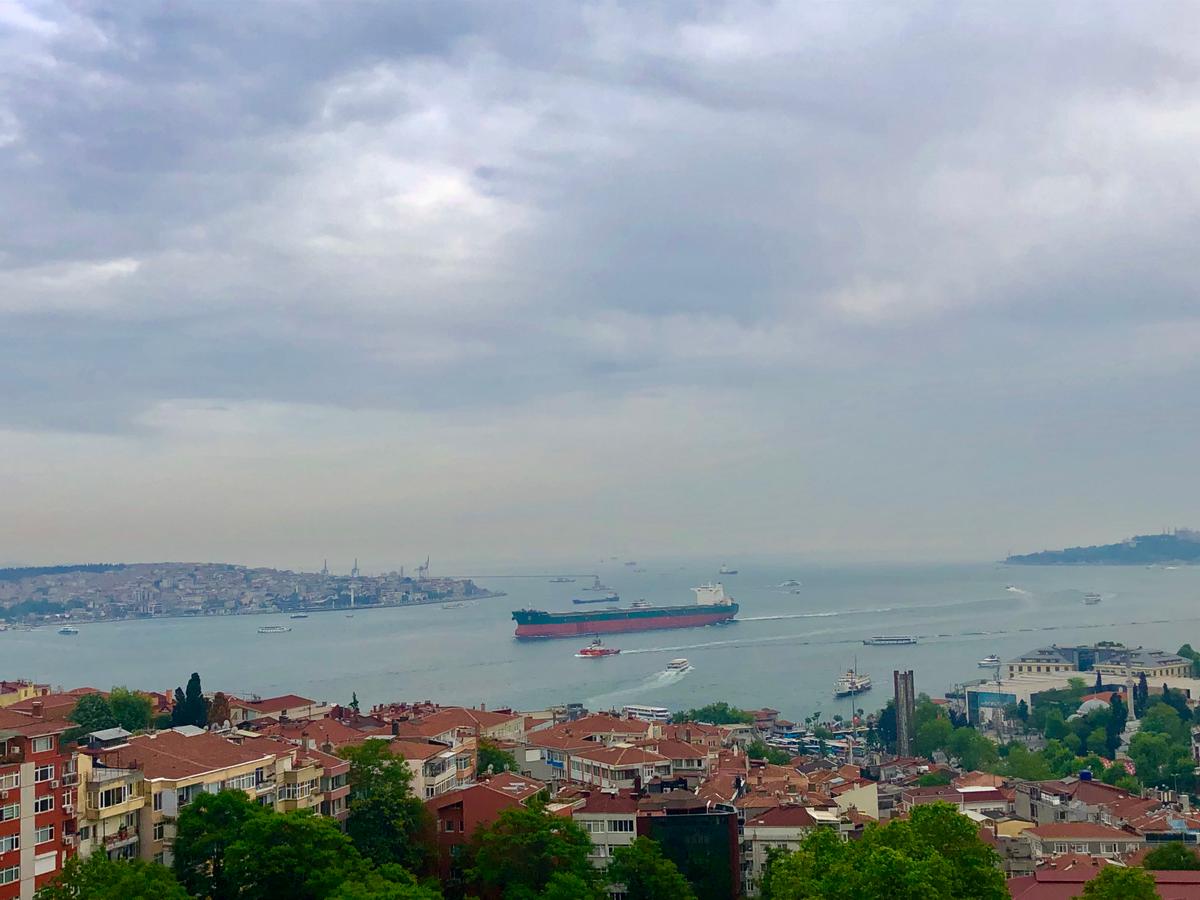
At Ciya, for example. Disembarking the boat, I stride into the side streets in the direction of Kadikoy. Quieter and more conservative than the European side, the Asian (or, in local parlance, “Anatolian”) side of the city feels a bit like an overgrown village. None of the people around me are obviously tourists—and many of the locals are toting shopping bags and pulling hand-carts, ready to fill them with the abundance of fresh food sold here at a strong of local markets. I pass by fish on ice, a cornucopia of fruits and vegetables, and big displays selling more types of olives than I’d imagined existed. It’s vibrant and alive, the crush of shoppers, moving toward sellers shouting out the best deals of the day.
But I don’t stop to shop—my destination is just down the block. Created by chef Musa Dagdevire, he opened Ciya in 1987. Dedicated to bringing all the best kebabs (and other dishes) of Turkey under one roof, the chef traveled all over the country, going into people’s kitchens, learning each local and regional specialty from the folks still cooking recipes that had been handed down through families for centuries. Dagdevire is also featured on a recent season of the Netflix show, “Chef’s Table,” and celebrated in many magazines from Bon Appétit to The New Yorker. The latter called Ciya “the memory kitchen,” and noted that his restaurant serves as a sort of living history museum for Turkish food.
And he happens to be hanging out here today. After polishing off a lamb-and-beef kebab spiced with garlic and mint, as well as huge scoops of a soft shepherd’s cheese spiced with chillies and mixed with olive oil on steaming pita bread, I ask around about Dagdevire and am led to his table, just down the street at one of his other outlets (he has three restaurants now, all on the same block, built in such close proximity so he can visit each one every single day), where he’s casual in a t-shirt and jeans, sharing a quiet conversation with a friend, both of them with a cup of tea and a cigarette.
With a young server translating, I ask him about the process of putting together the menu, and he tells me it took a whole decade of travel. “Nobody before had searched for these Anatolian foods,” he says. “Every place has its own taste.” Ahead of the trend, he adds that they’ve always focused on local, seasonal ingredients. “Whatever’s in season, we pick it, we cook it,” he tells me.
Full for the moment, I explore more of the Asian side, which is far less visited than the rest of town, just across the Bosphorus, starting at Beylerbeyi Palace. While the better-known Dolmahbace Palace teems with tourists, I find few others roaming around the gardens and pools at this lovely waterside site, my steps echoing when I enter the palace itself, which served as a summer residence of the Ottomans in the 19th century. Views of the Bosphorus fill the windows, and I can almost imagine the royal family filling these giant, opulent rooms.
Continuing from the heights of Uskudar, and its panoramic views, down to the Maiden’s Tower, a city icon, which sits on a little islet in the strait, dating back to the year 1110 (more recently, it featured into the James Bond film, “The World Is Not Enough”). And rolling back across the Bosphorus to the European side, I wander among the thousands of shops at the Grand Bazaar, bargaining with shopkeepers, then making my way to the Spice Bazaar. Built in the 1660s, it’s a fragrant place, the wares of dozens of shops offering hundreds of spices wafting under the archways.
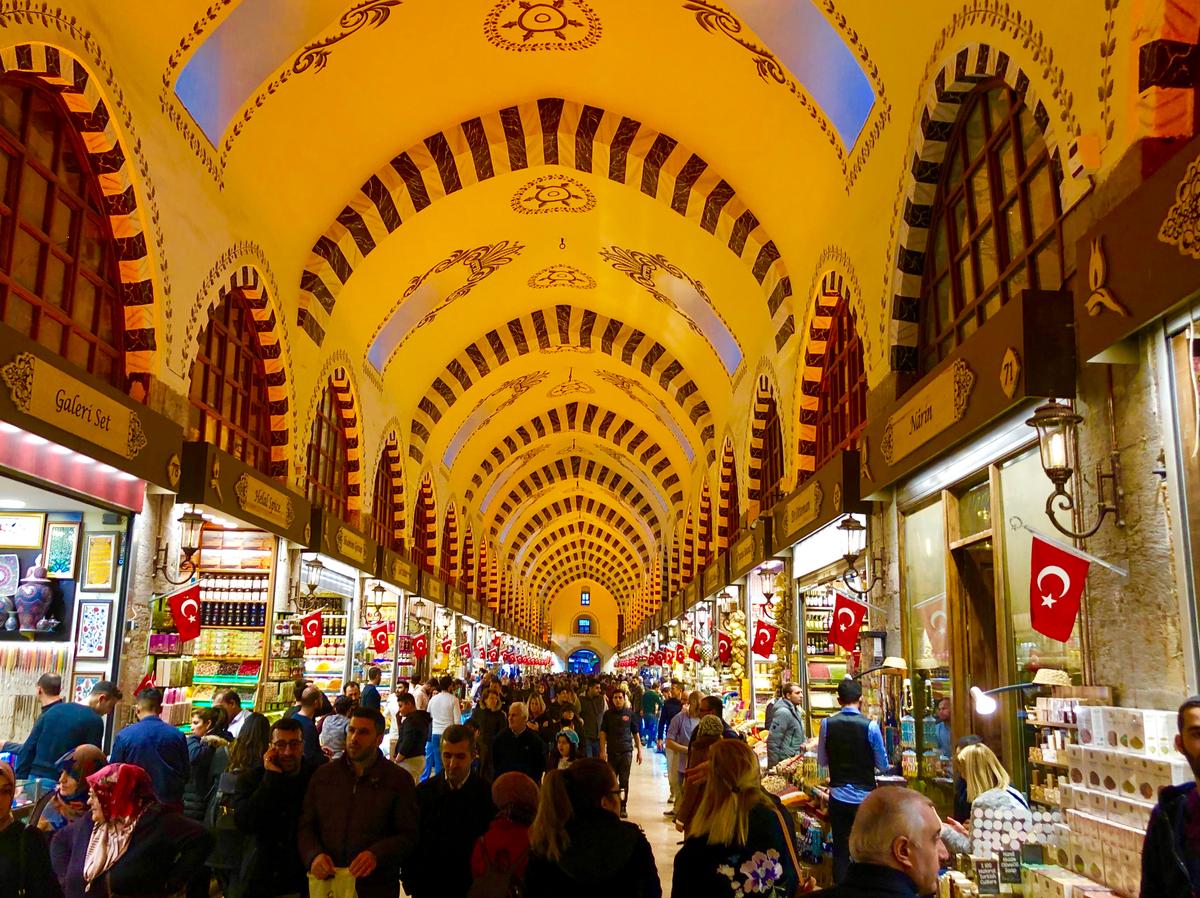
I pop into one, chatting with the gregarious seller, who offers me some “love tea.” Something must have been lost in translation, because when I ask him if it will make me fall in love, he responds quizzically. “No, it’s for vitamins.” Then, thinking about it for a second, he adds, “Do you want to fall in love? I have something for that!” I taste a number of the spices, which range from sweet to savory, a little pinch taking me across a wide range of flavors.
And it turns out I’m mostly in love with Turkish cuisine—and get a chance to see it being made, up close, back at my hotel, The Conrad, which overlooks the Bosphorus from a hillside perch. Meeting Executive Chef Ziya Cikrikci in Manzara, the main restaurant, he walks me back to the kitchen—“the heart of the operation”—and through the preparation of a number of Turkish mezzes, small-plate dishes that form the backbone of the national culinary culture. “Mezzes, they vary from the east end of the country, to the west. In the east, you have more spices from the Middle East. In the west, more Greek influences. Here in Istanbul, we mix and match.”
He mixes together a half dozen dishes, with yogurt, garlic, eggplant, and olive oil prominently featured—the latter, especially. “Olive oil is the most important,” he says, pouring from a bottle with no label. “We always put a lot of olive oil.” Getting me to taste and consult on each one (“Does it need more lemon? More olive oil?”), I feel like I’ve contributed, when it’s all served to me, back in the restaurant, it feels like a feast.
I take in the view, ships and ferries crisscrossing the strait, Asia just on the other side. Yes, Istanbul has faced difficult times. But it will persist, as it has for centuries, eating, and drinking, and celebrating its history on the banks of the busy Bosphorus.
When You Go
Turkish Airlines flies to more than 120 countries from Istanbul’s brand-new airport, which opened just a couple months ago. With the world’s largest terminal under one roof (with 15.5 million square feet of space), it will become the world’s busiest airport when all phases are completed. Turkish flies directly to a number of cities in the United States and Canada, serving up excellent Turkish food and wine in their business class cabin, which also features lie-flat beds.The Conrad Istanbul Bosphorus sits within easy walking distance from the famous waterway, and ferries to the Asian side, with balcony suites that take in sweeping views of the city and both continents. Their top-floor Summit Bar serves cocktails and small plates on an open-air terrace, and their signature Luxury Experiences program includes art and cooking classes.
Toronto-based writer Tim Johnson is always traveling, in search of the next great story. Having visited 140 countries across all seven continents, he’s tracked lions on foot in Botswana, dug for dinosaur bones in Mongolia, and walked among a half-million penguins on South Georgia Island. He contributes to some of North America’s largest publications, including CNN Travel, Bloomberg, and The Globe and Mail.

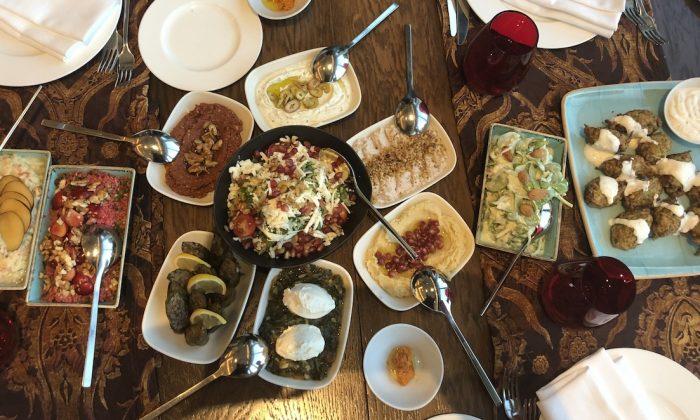
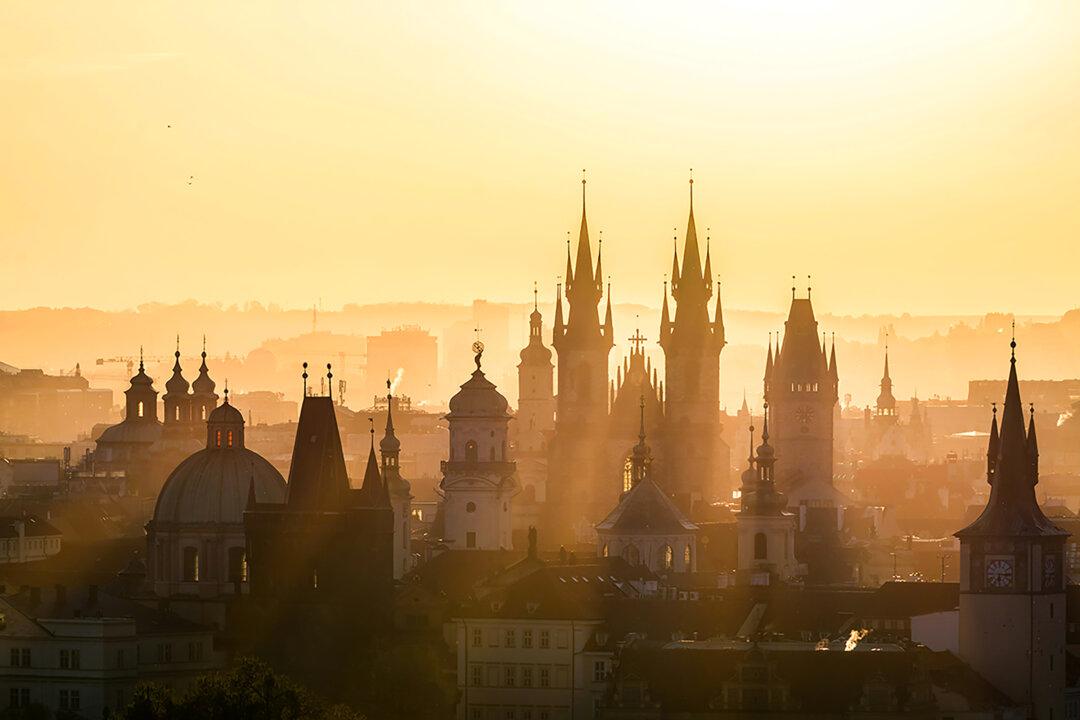
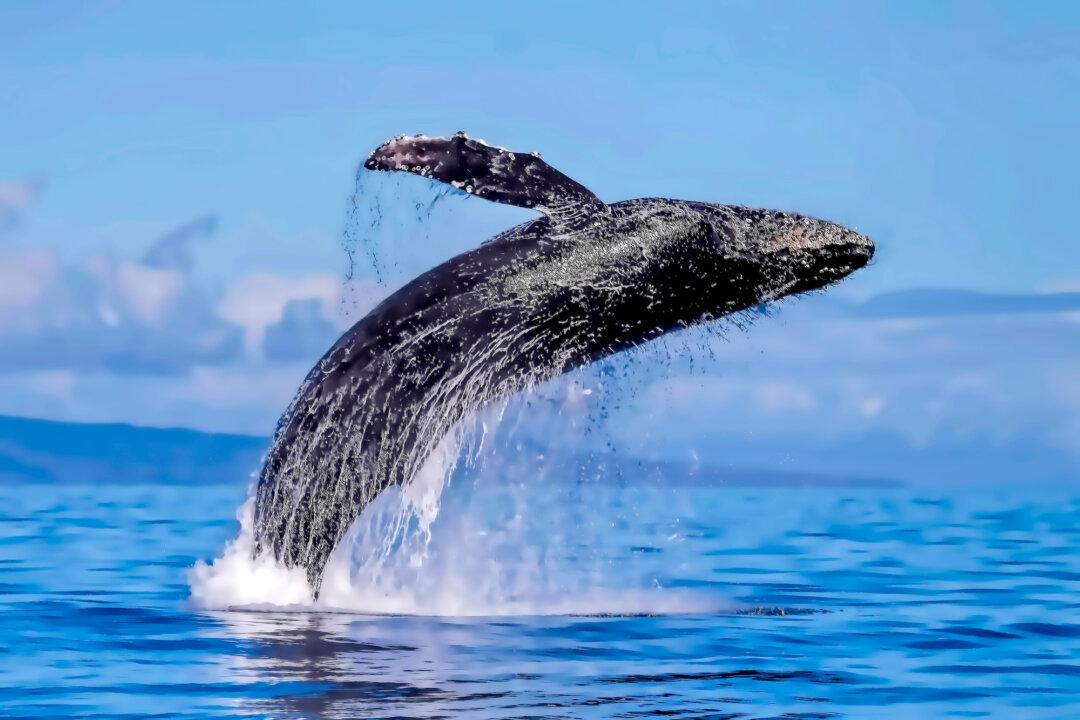

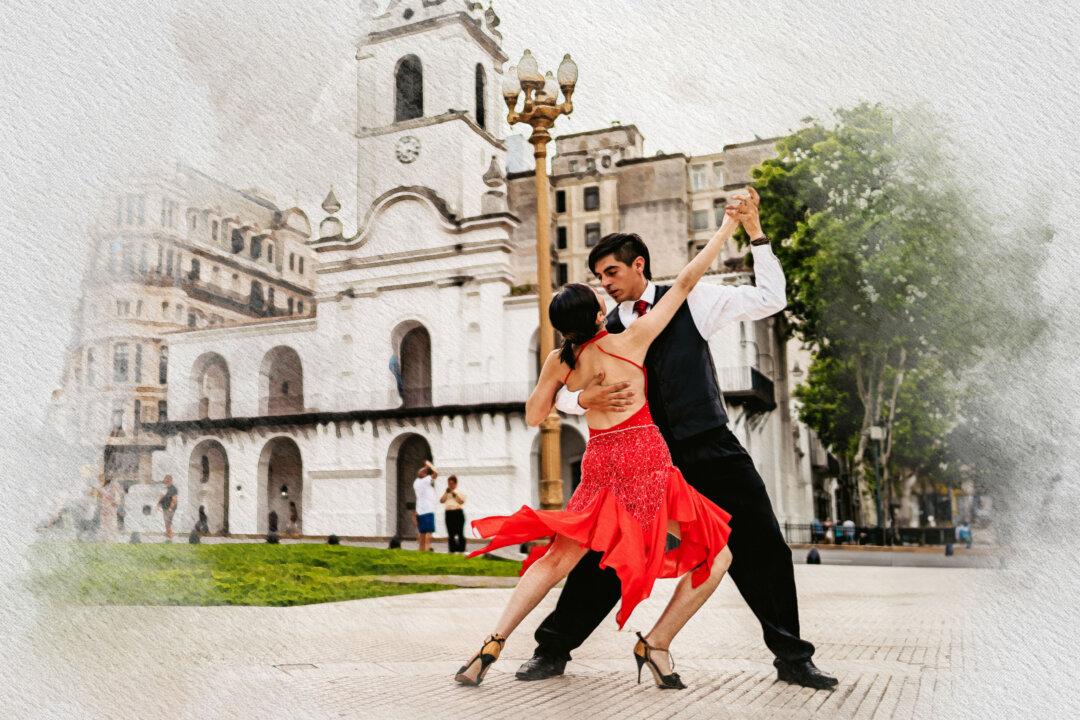
Friends Read Free